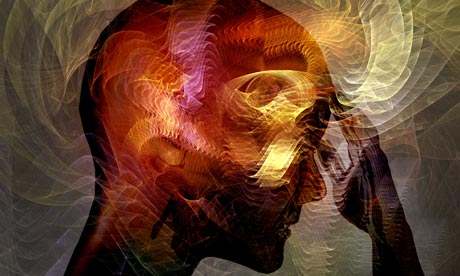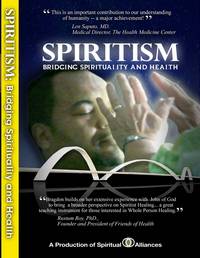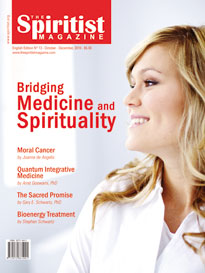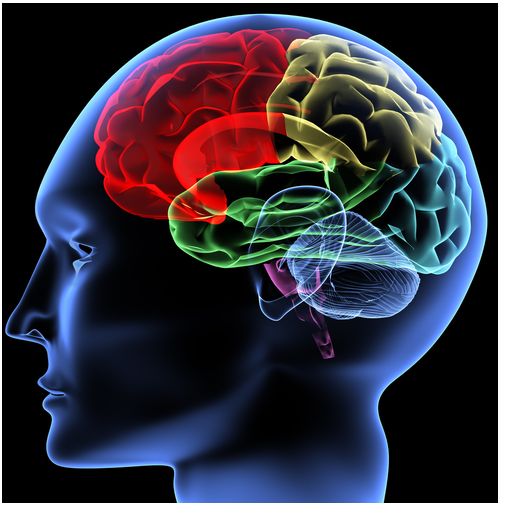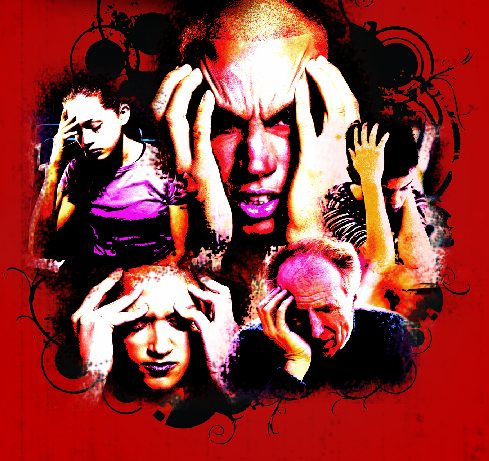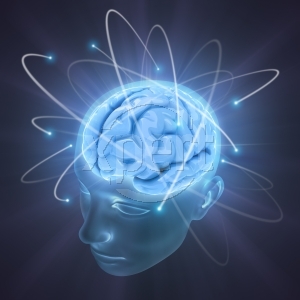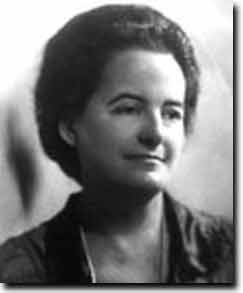 Amazon Synopsis: Occultism is concerned with the scientific facts behind the spiritual idealisms many accept because of a natural human tendency to idealise. One of the most highly idealised concepts is that of the brotherhood of man. Occultism shows that the scientific basis for that ideal rests on the fact of the one etheric structure underlying all forms within the solar system, energised and held in being by one life force. Mankind is, therefore, one in life and in form; he is merely unaware of unity in his own consciousness.
Amazon Synopsis: Occultism is concerned with the scientific facts behind the spiritual idealisms many accept because of a natural human tendency to idealise. One of the most highly idealised concepts is that of the brotherhood of man. Occultism shows that the scientific basis for that ideal rests on the fact of the one etheric structure underlying all forms within the solar system, energised and held in being by one life force. Mankind is, therefore, one in life and in form; he is merely unaware of unity in his own consciousness.
And evolution is essentially the means by which he becomes progressively conscious of the Fatherhood of God and the brotherhood of man. In this whole process the faculties of man play an important part – the five objective senses with their five higher spiritual counterparts. The mental principle or faculty is of tremendous importance to humanity at this stage in his evolutionary unfoldment. The three-fold mind unifies as one faculty the higher or abstract mind, the soul – the son of mind, and the lower concrete mind. As this condition of mental fusion and control develops, the disciple is learning to use the mind in new ways, particularly in wielding energy which, as it vitalises and animates his etheric body, influences through radiation his effect on others.
It is through this conscious, controlled use of mental energy that telepathic communication can be scientifically established with other minds by means of the etheric structure common to all. And by the same means the mind of the disciple, or of a group of disciples developing group consciousness, can be impressed by the clarity of thought and purpose of those members of the spiritual Hierarchy concerned with the working out of the Plan for humanity. The spiritual Hierarchy, we are told, works only through the minds of disciples, using the science of impression, and only for the purposes of the Plan.
The impression is conveyed as a stream of ideas – those ideas inherent in the Plan for man – which the disciple or the group can then interpret and translate into self-chosen action. The form of telepathy now developing within the spiritually awakened aspirants of the world is not, therefore, that of the solar plexus centre which is of the animal nature, but the result of a mental polarisation and penetration in consciousness towards the soul and the Triad. This produces an open channel of communication in two directions – vertically towards the spiritual Hierarchy of the planet, seeking to impress the Plan on all receptive minds, and horizontally towards the minds of men united within the mental substance of human consciousness as one.
The second part of this book discusses the etheric structure of the planet and the solar system of which each man and each form is an integral part; the pattern of the triangle in controlling energy flow and establishing a continuity of circulation through the whole system is of immediate importance to humanity. We are involved in the life of the Planetary Logos – in Him we live and move and have our being – and we are a contributing part of the present effort to bring the etheric body under the influence of the soul, symbolised by the triangle.
To the extent, and at the rate, that we succeed, so is the planetary etheric structure changing in form to become more consciously integrated into the energy system of which our planet is one small unit. So the living process of unity is exemplified – the part contributing to the whole, and the whole affecting the part through every cell and atom of every grade of substance which it contains.
Free pdf

